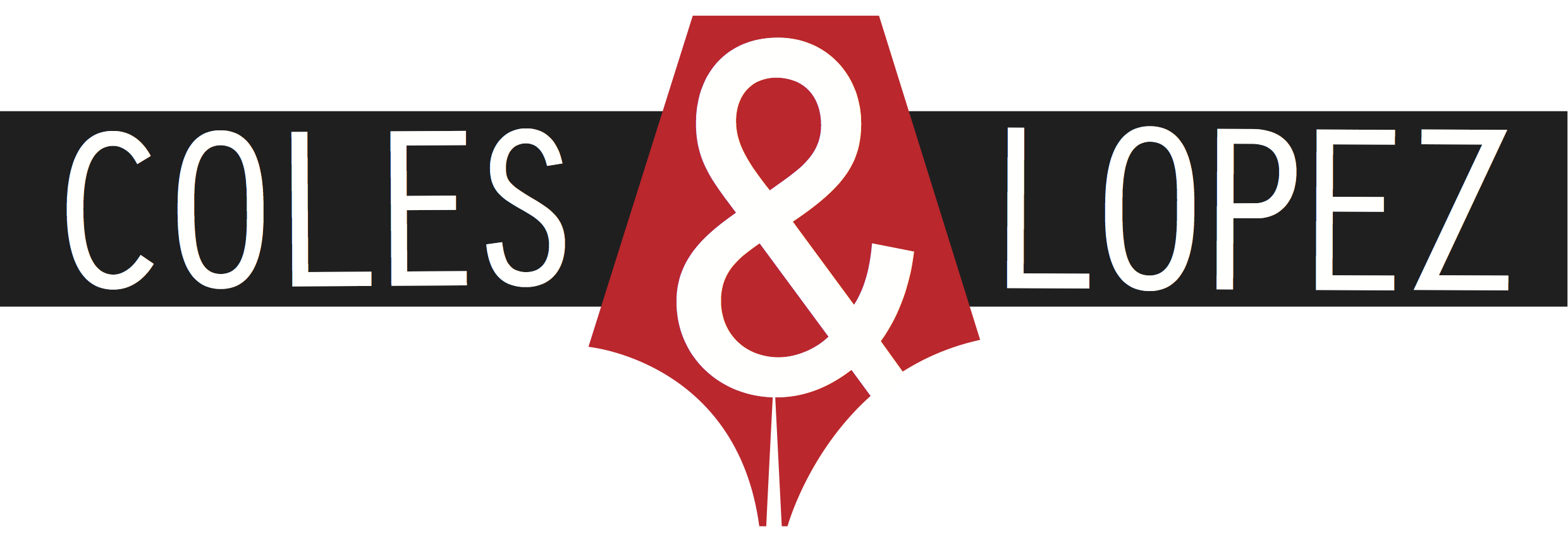Which is which (and which is that)?
Here’s a little seasonal challenge for you. Fill in the two blanks with either “that” or “which”:
Santa has nine reindeer. The reindeer ___ has a red nose is named Rudolph. Rudolph’s nose, ___ is very shiny, helps light the way for Santa.
If you put “that” in the first blank and “which” in the second, you’re definitely right. But it’s not quite that simple, because if you put “which” in both blanks, you also have a strong case for being right. (Any other combination of words means you’ve got it wrong, sorry.) Let’s start at the beginning.
What are “that” and “which”?
These two words serve many purposes in our language, but in today’s examples, they are relative pronouns. That means they are used to introduce relative clauses – groups of words that identify or describe the nouns that precede them. In the above examples, the relative clauses are “that has a red nose” (identifying “the reindeer”) and “which is very shiny” (describing “Rudolph’s nose”).
So, if “that” and “which” are both relative pronouns, what’s the difference between them? Let’s look more closely at the type of relative clause that they introduce.
Restrictive and nonrestrictive clauses
The first example, “that has a red nose”, is a restrictive clause; that is, it substantially changes the meaning of the sentence. If we deleted “that has a red nose”, the remaining words – “The reindeer is named Rudolph” – would still make sense grammatically, but they wouldn’t convey what we want them to convey. We’d be left asking, “Which reindeer?” because we would no longer have the identifying clause “that has a red nose”.
The relative clause in the second example, “which is very shiny”, is nonrestrictive. It gives us extra information about the qualities of Rudolph’s nose, but it doesn’t alter the actual meaning of the sentence. Rather than identifying the noun, it simply helps describe the noun.
The comma rule
Restrictive clauses like “that has a red nose” should never be marked off with commas. Nonrestrictive clauses like “which is very shiny” should always be marked off with commas. No exceptions. That makes sense if you think about saying the sentences out loud – you would naturally barrel through “The reindeer that has a red nose is named Rudolph” with no pauses, but you would pause before and after saying “which is very shiny” to show that the clause is an aside. (That’s not to say that commas always correspond to pauses in the spoken sentence, but they often do.)
The that/which controversy
There are two schools of thought when it comes to “that” and “which”. We’ll call them the strict rule and the loose rule. The strict rule states that only “that” can be used with restrictive clauses and only “which” can be used with nonrestrictive clauses. That’s the rule I followed above when I wrote “that has a red nose” and “which is very shiny”.
The loose rule agrees that only “which” should be used for nonrestrictive clauses – this rule’s proponents would never write “Rudolph’s nose, that is very shiny, helps light the way for Santa” – but says that “that” and “which” are interchangeable when it comes to restrictive clauses. According to this rule, both “The reindeer that has a red nose” and “The reindeer which has a red nose” are acceptable.
Comet and Vixen can't see eye to eye on the that/which issue.
Steven Pinker, who is usually my grammatical guiding light, is an advocate of the loose rule. In this Guardian article, he calls the strict rule “phony but ubiquitous” and “utterly incorrect”. He argues that great writers have been using “which” with restrictive clauses for centuries. I don’t find the “great writers” argument particularly convincing – have you seen how Dickens and Austen used commas? – but there are plenty of people who agree with Pinker. The main evidence they give is that the invention of the strict rule can be traced back to Henry Fowler’s 1926 Dictionary of Modern Usage. Fowler included it in his book based entirely on a personal belief that such a rule would make English grammar simpler and more elegant. The fact that it was invented more or less on a whim means it’s a fake rule, naysayers believe. But I don’t really understand that logic either – surely every rule was invented sometime by someone, even if we don’t know when or by whom?
I can’t tell you what to believe, but I can tell you that I personally stick to the strict rule in my own writing, just because it’s the approach least likely to offend anyone. If you disagree with me, you’re in good company with Pinker.
In a nutshell
“That” and “which” are, among other things, relative pronouns. They are used to introduce relative clauses – clauses that either identify or describe the preceding noun.
When the clause is restrictive, meaning it does change the meaning of the sentence, use “that” and do not enclose it in commas. (If you want to risk disapprobation, you can also use “which”.)
When the clause is nonrestrictive, meaning it does not change the meaning of the sentence, use “which” and do enclose it in commas.

